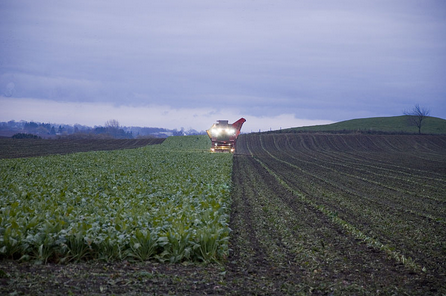A recent study published by the European Commission puts into perspective the two agricultural models, organic and conventional, highlighting which one gives more profit for EU farmers. The study took into account various economic aspects, analyzing factors from production costs and farm efficiency to product price and subsidy level. The study has it limits though, as only milk and grain farms from Central and Western European countries are taken in consideration. Their conclusions are still interesting to review.
In the surveyed countries, organic agriculture brings an equal, or in some cases, even higher income than conventional farming. This is mainly due to the the higher subsidies given for organic farming.
When agricultural input costs like pesticides, fertilizer or fuel for the maintenance of crops are taken in consideration, organic agriculture unveils some of its bonuses. Being a more extensive practice, there is not much room or cost for expensive chemical fertilizers and pesticides. Analyzing fuel costs of agricultural works shows no big difference though. Mechanization changes the organic practices, and where efficiency wins, environmental risks start to occur.
Organic agriculture uses more workforce than its conventional counterpart. EU Commission data shows that one agricultural worker is needed for every 40 hectares of organic land, while conventionally one could work 46 hectares. Milk farms show the same relation: one worker for every 17 milk cows raised organically and one worker for 21 conventionally raised cows.
Intermediary costs for organic crops are also lower than for conventional cultivation. In an average, for a hectare of organic field a farmer spends 860 Euro every year, while the price for the maintenance of a hectare of crops grown conventionally goes up to 960 Euro. These costs involve fertilizers, seeds, fuel and oil consumption of the agricultural machines.
Read the entire article at ARC2020.eu


